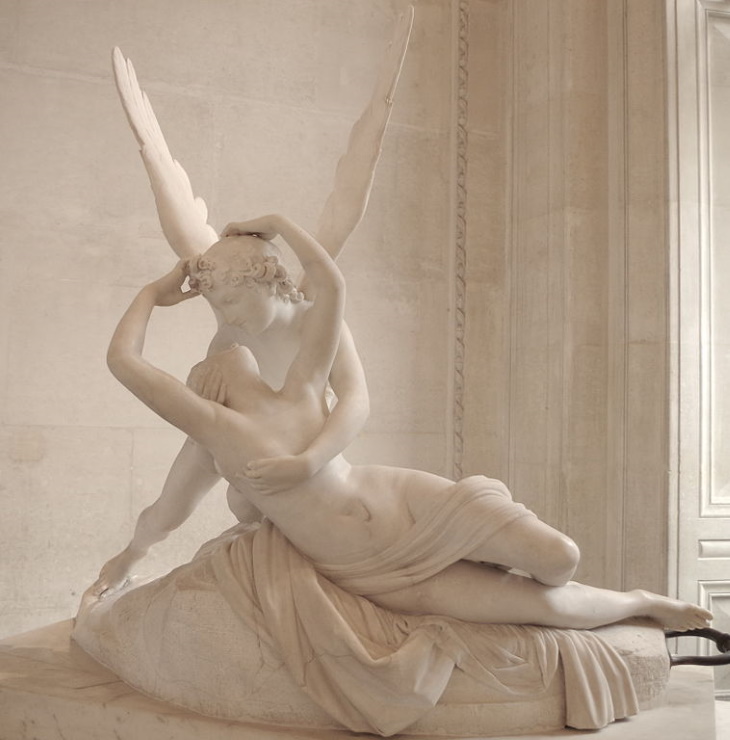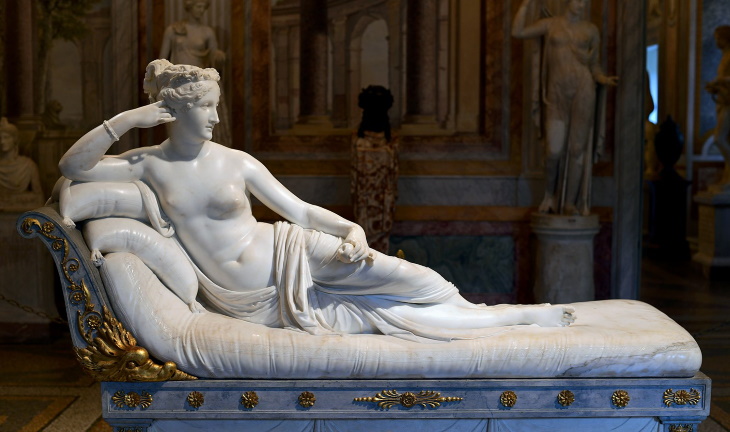
Considered to be the best European sculptor of the 18th century, Antonio Canova’s work represents the Neoclassical style in art that was inspired by antiquity. He is known for his soft-looking shapes and expressive, lifelike works that heavily relied on antique themes and ideals.
Many will recognize some of Canova’s sculptures featured in this article, such as Psyche Revived by Cupid's Kiss (1787), but what about the artist behind them? Don’t worry if your mind is drawing a blank; we delve into the life and art of this outstanding Venetian sculptor right here.
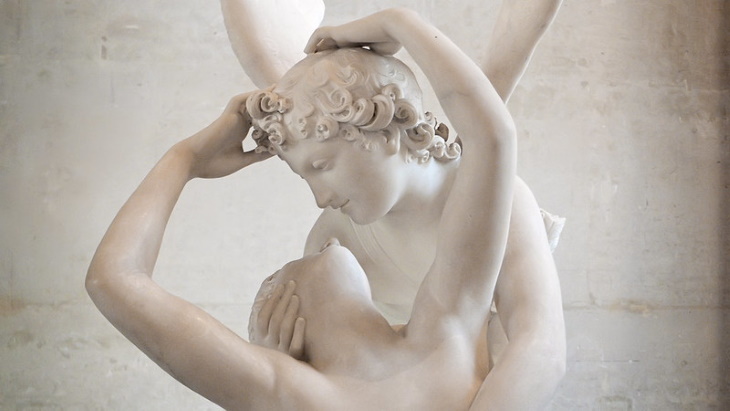
We all know that Renaissance artists drew inspiration from antiquity. But this was not the only time in European art history that Ancient Rome and Greece came to the forefront. In fact, the main artistic style of the 18th century - Neoclassicism - literally has the idea of reviving Classical antique art in the name.
Eighteenth-century artists were living and breathing mythology and antiquity, and Antonio Canova was no different. And this increased interest in everything related to Ancient Greece and Rome was no coincidence. It was triggered by the discovery of the ruins of Pompeii in 1738 and Herculaneum in 1748 - two Roman cities destroyed by a volcano yet miraculously preserved for centuries under volcanic ash and lava.
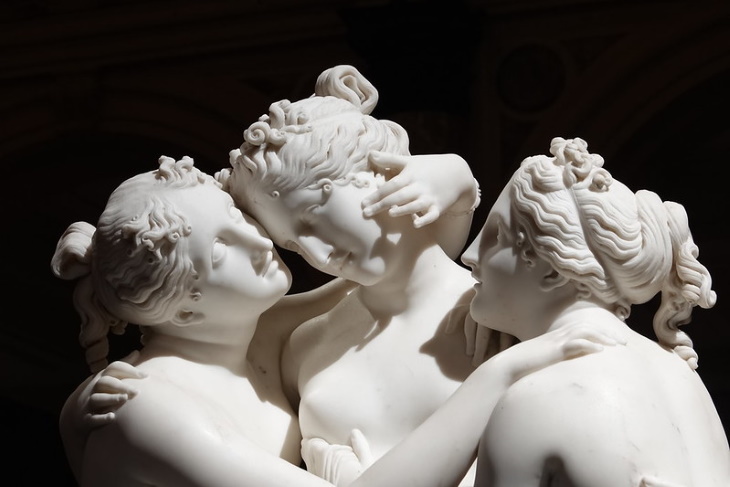
Of course, Neoclassical artists would focus on mythological figures and scenes, similar to the classical sculptures of Ancient Greek and Roman gods. In fact, contemporary figures like Napoleon (below) and his sister, Italian princess Pauline Borghese, would appear in Canova’s works as these ancient deities.
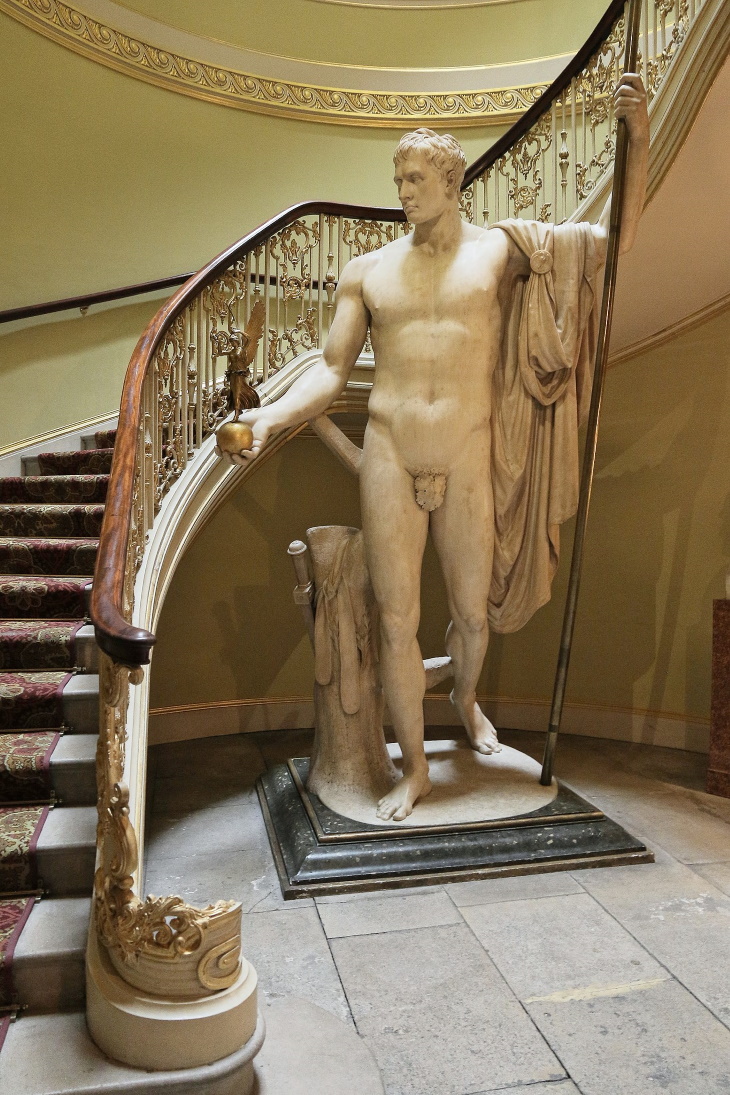
Napoleon as Mars the Peacemaker (1806) Image source: Wikimedia Commons
Neoclassical sculptures did not simply replicate statues they saw in Rome and Athens. They were especially interested in translating a sense of balance, simplicity, and proportion in their works, often depicting figures on a life-size scale. Hence, the simple, smoothly-buffed but lifelike and fluid marble sculptures of Canova are a perfect example of Neoclassical sculpture.
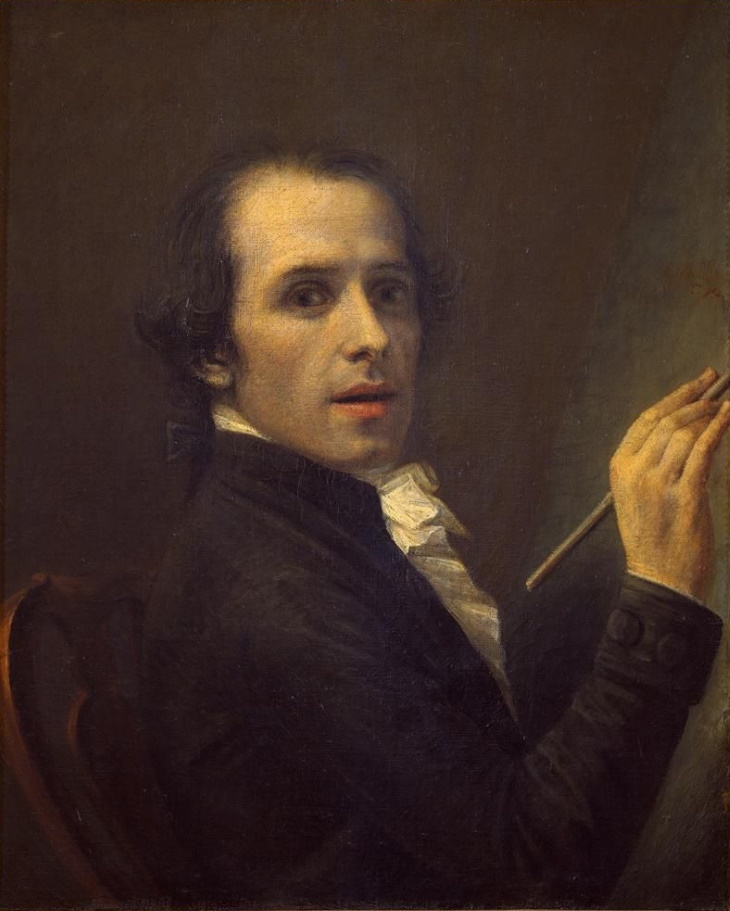
Born in 1757 in the family of a stonecutter in the Venice Republic, you could say that both art and sculpture were in Antonio Canova’s blood. Young Antonio created marble altar shrines when he was only nine years old, and from age 13, he would take several apprenticeships until starting his studies at the Accademia di Belle Arti di Venezia.
Long story short, the young man was destined to become the greatest sculptor of his time, so he did.
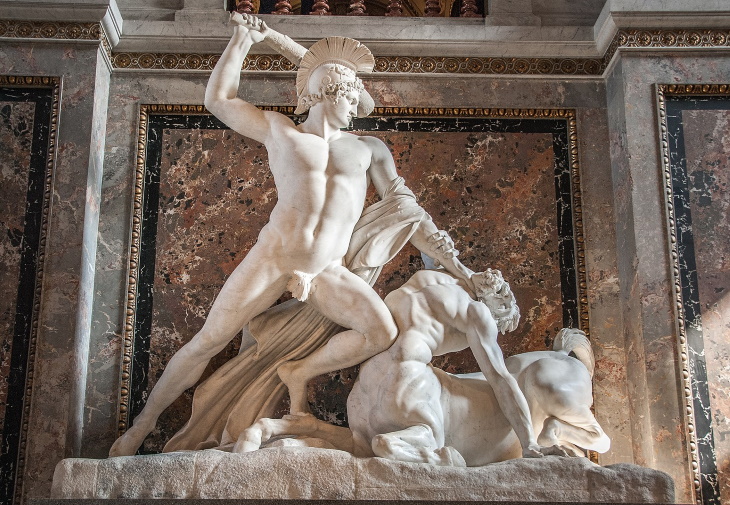
Over the years, Canova would develop his signature style. He created several marble sculptures depicting mythological figures in expressive compositions.
The idealized figures all had a perfectly polished finish - Canova’s signature. This made the sculptures glisten in the light, and gave the surface of the figures a silky, skin-like appearance. Historical records suggest he would spend several weeks and often months buffing and perfecting each detail using a pumice stone.

By 1800, Canova become the most celebrated artist in Europe. At the height of his career, the sculptor had a long list of famous patrons, including Napoleon Bonaparte. Canova also designed Pope Clement XIV’s tomb, and he was even commissioned to create a sculpture of George Washington at one point in his career.
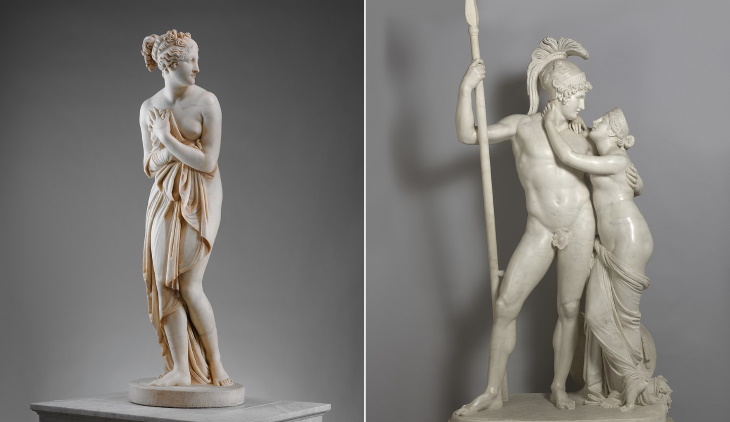

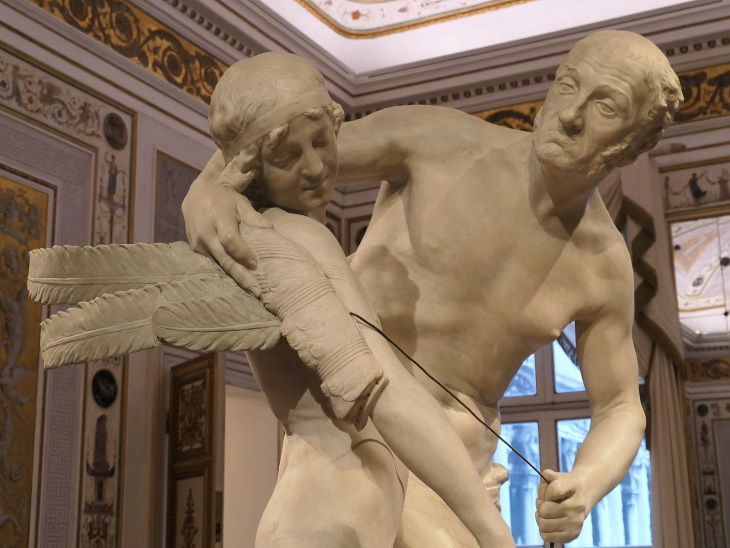
Related article: 10 World Renowned Sculptors and Their Greatest Works
